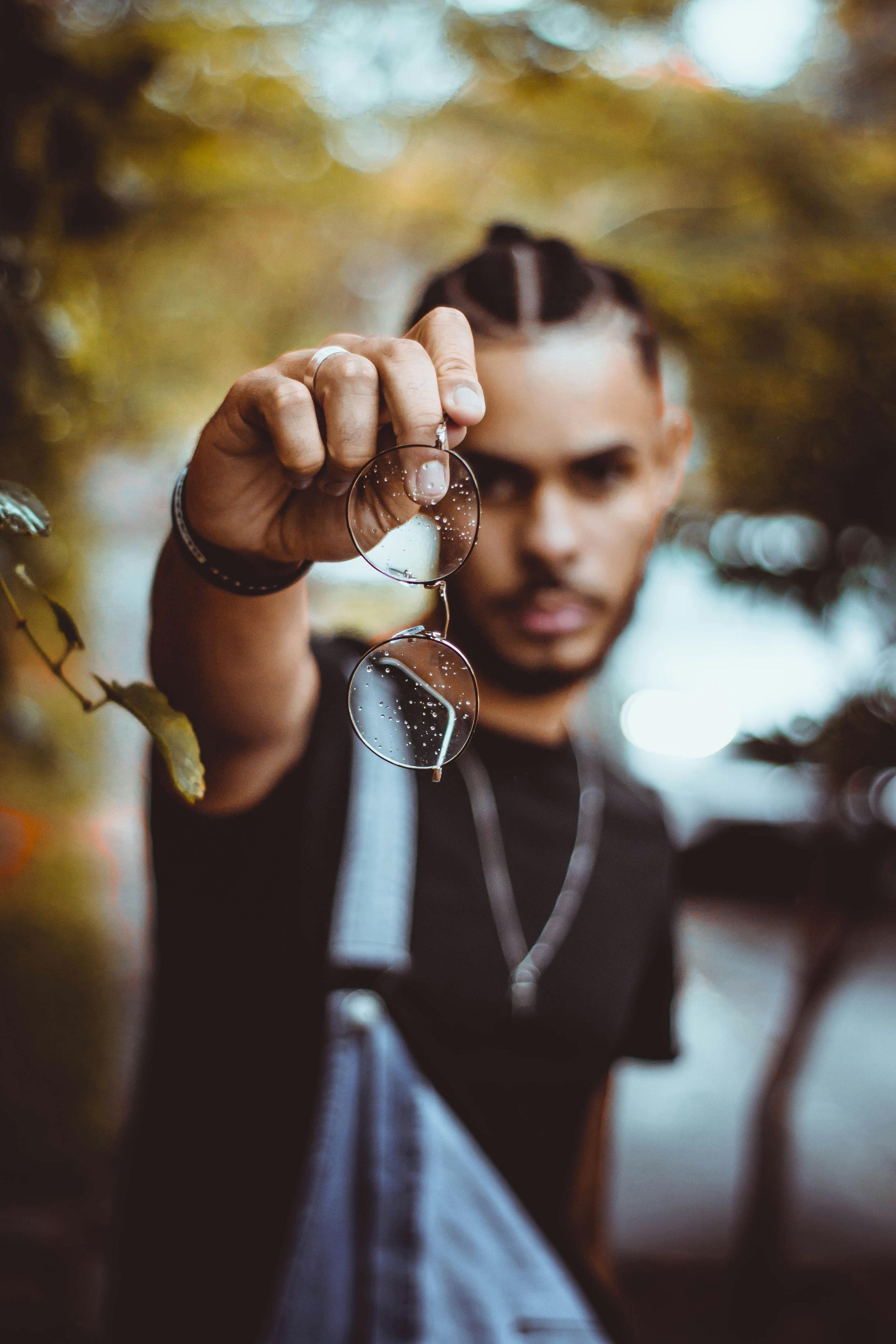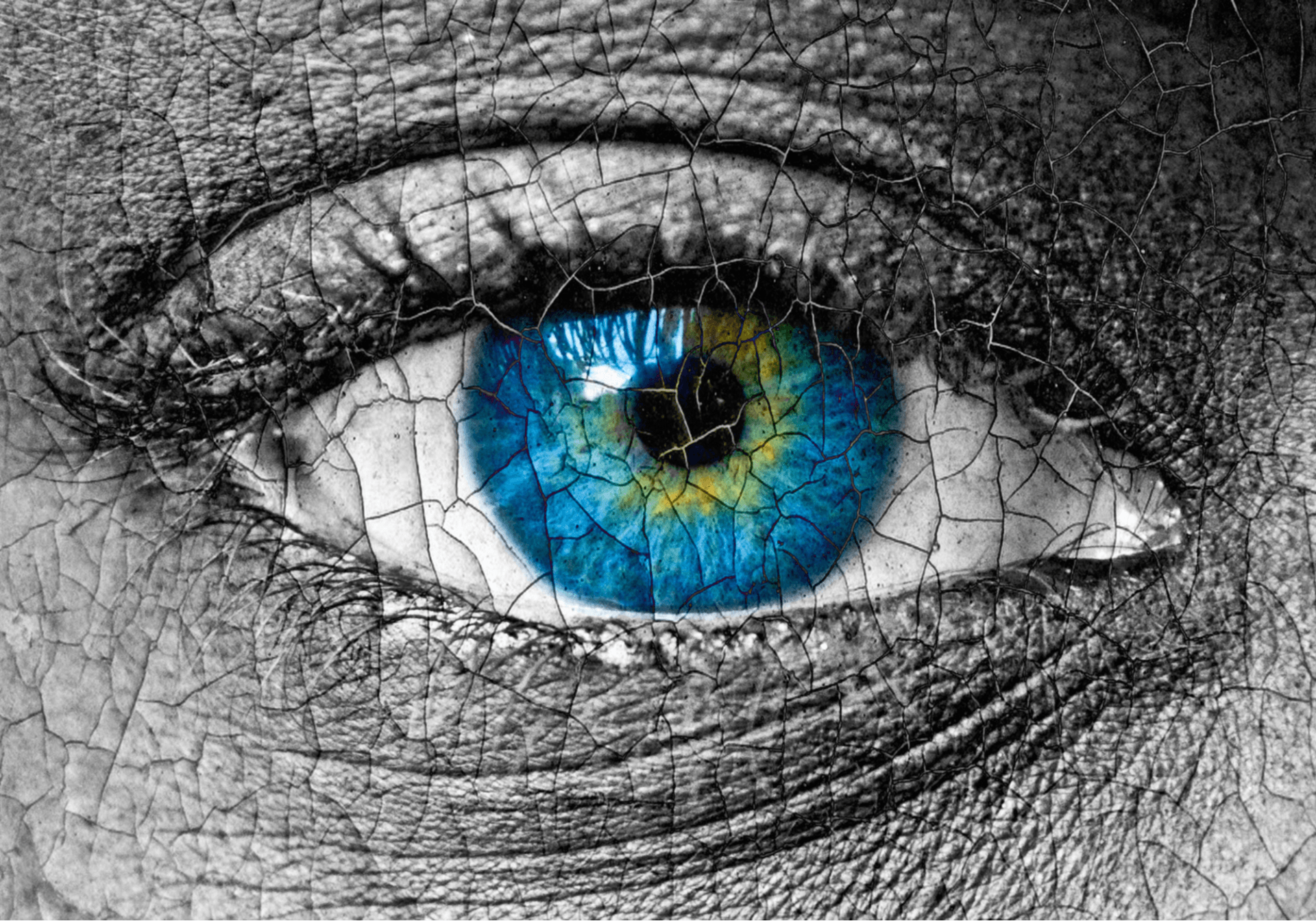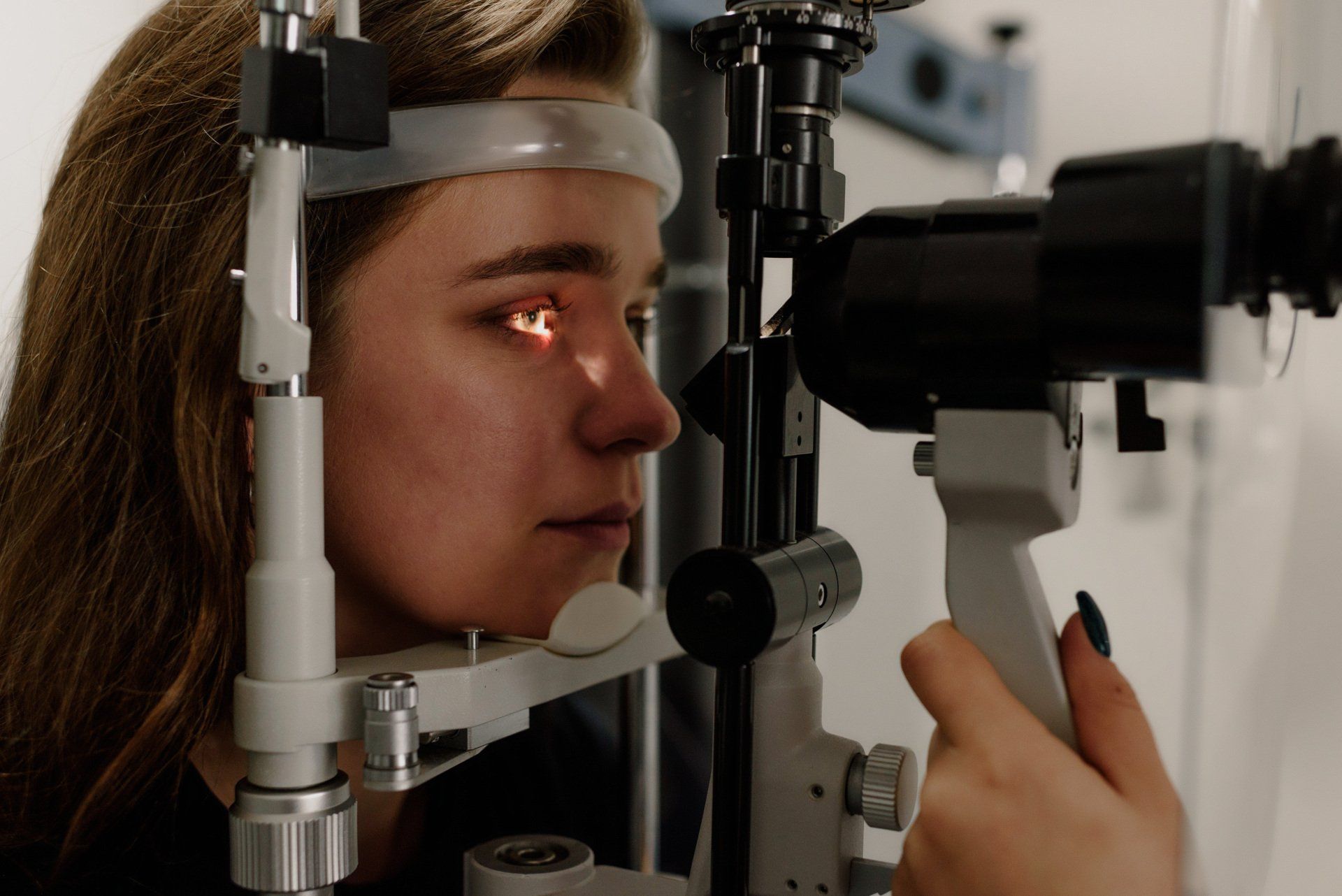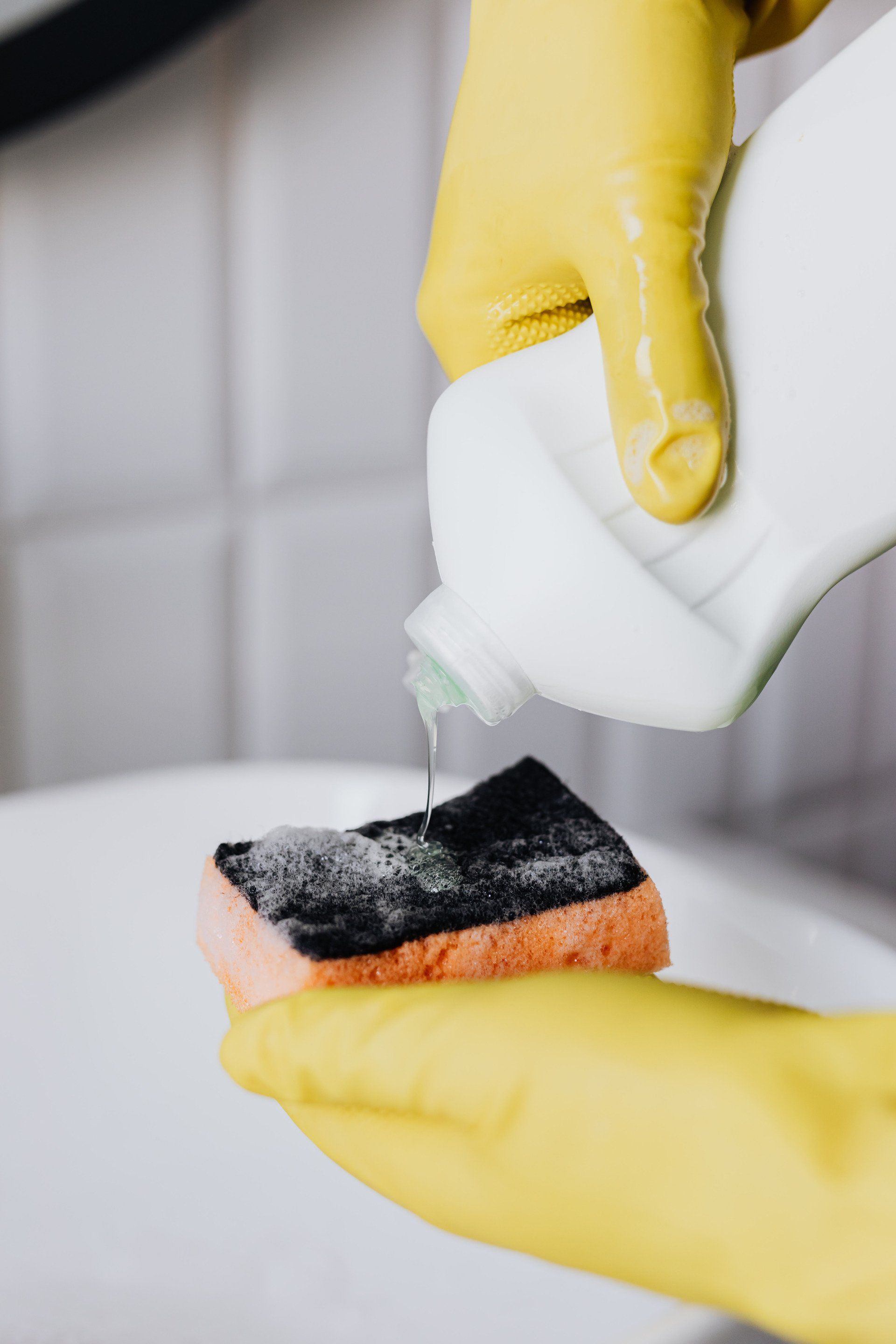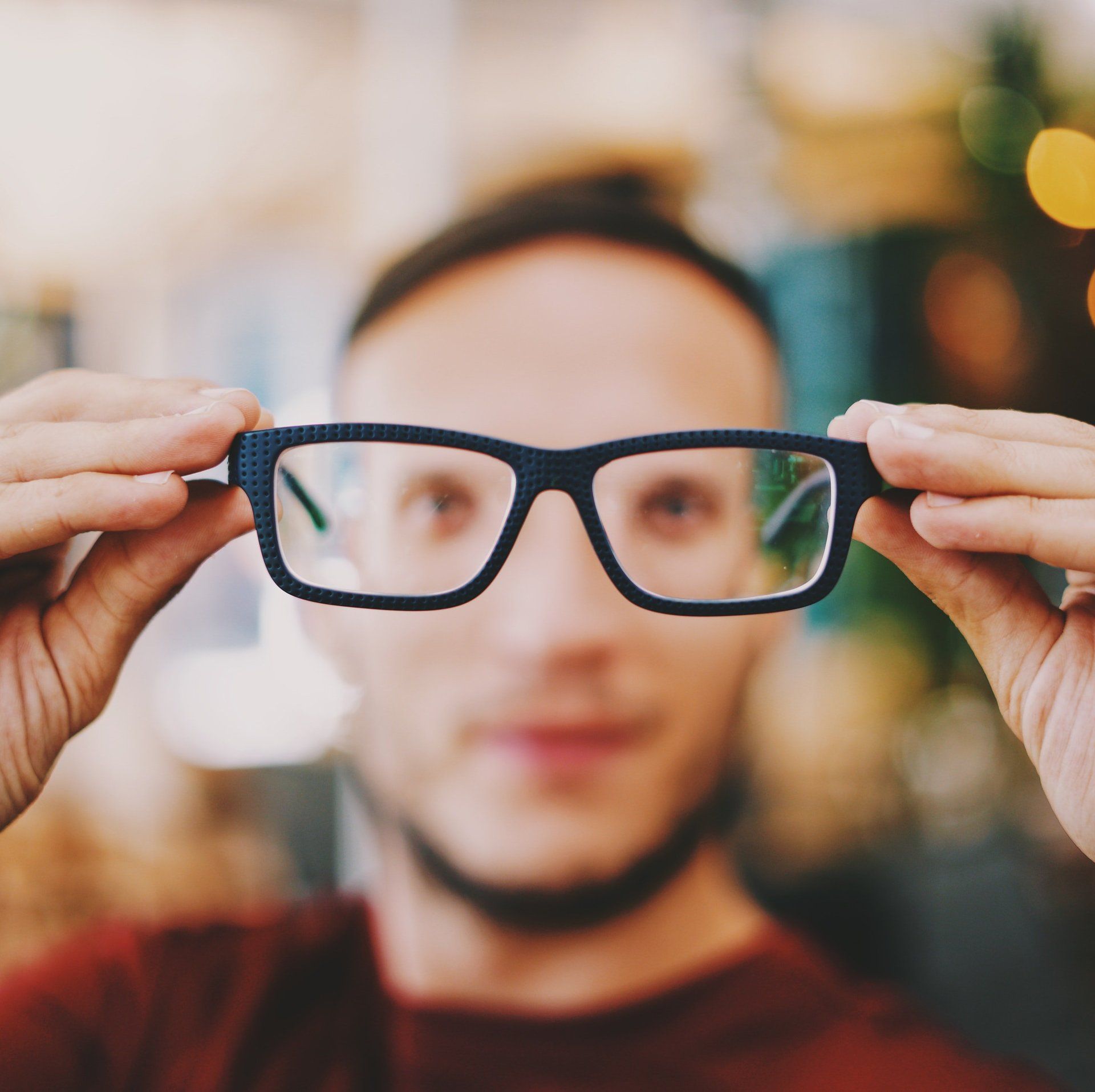
‘Tis the season for sniffing, sneezing, and itching. Along with the beauties of spring, we have the inevitable onset of seasonal allergies and all the delightful symptoms that brings. Eye rubbing is such a common occurrence this time of year but can wreak havoc on your eyes for many reasons. • First off, we always urge people to keep hands away from the eyes because rubbing can actually deform, or warp your corneas. Eye rubbing is one of the leading causes of a sight-threatening disease called Keratoconus. More on that topic soon! • GERMS! Your hands carry more germs than any other part of your body and rubbing the eyes can spread those germs and lead to infection. • With airborne pollen and allergens this time of year from blooming trees and flora, it’s easy to get a foreign body in your eye. If you rub when there is something in your eye it can lead to corneal abrasions or other corneal damage. But how do I stop rubbing, you may ask. Rubbing the eyes is so common that we often don’t even realize we’re doing it! Here are some quick tips and tricks to help prevent rubbing. • If there is ever something in your eye, flush the eye with saline solution or artificial tears. Don’t try to pick it out with your fingers or rub the eye. You can also try gently lifting the lid and rolling your eye around a bit, then dabbing gently in the corner of your eye with a clean tissue. • Keep your eyes well lubricated with a good quality artificial tear. Anything that claims to “get the red out” is not good for your eyes, avoid these types of drops. • If you have seasonal allergies, talk with your optometrist about a good allergy drop that can help alleviate the itchiness. • Wear a good set of sunglasses outside. Always a good idea, but it may also help with keeping your hands away from your eyes when outdoors. • If you wear contact lenses, be sure you remove them daily to clean them and allow the eye to “breathe”. Never sleep in your contacts and always change them out according to schedule.
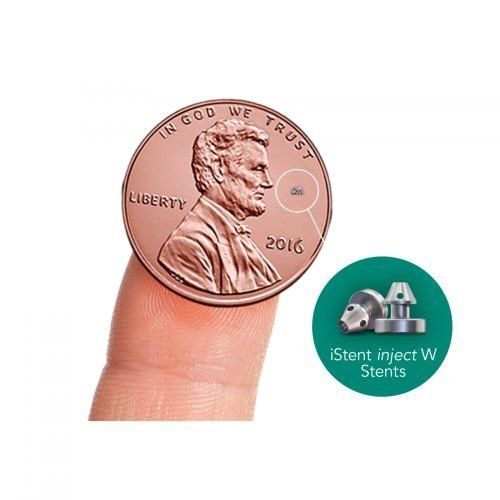
The iStent is a trabecular micro-bypass system implanted at the time of cataract surgery to treat mild-to-moderate primary open-angle glaucoma. The surgeons at Talley Eye Institute began using the original iStent in 2017, upgrading to the iStent Inject in 2019, and finally to the latest iStent inject W in 2020. Dr. Dwight Silvera was the first to implant the iStent inject W in the region. Representing the next generation of the trabecular micro-bypass technology, the iStent inject W provides greater stability of the stent, a more streamlined procedure with better procedural predictability. The iStent inject W is built on a solid, dependable foundation of proven efficacy and safety in thousands of eyes worldwide to reduce eye pressure in adult patients with both cataracts and mild-to-moderate primary open-angle glaucoma. “With iStent inject W, we now have an advanced option that not only effectively manages eye pressure associated with glaucoma but may also reduce our patients’ reliance on glaucoma medication,” said Dr. Silvera. The iStent inject W stents are one of the smallest medical devices known to be implanted in the human body. When inserted into the eye, these tiny stents create two bypasses, or openings, between the front part of the eye and its natural drainage passageway, restoring the eye’s natural ability to drain fluid. For patients managing their glaucoma with medication and are now preparing for cataract surgery, the iStent inject W may be an ideal option. Talk with your doctor to learn if iStent inject W is right for you.

What is a cataract? A cataract is a clouding of the eye’s natural lens. The human lens is transparent so that light can travel through it easily. Many factors combine as we age to cause areas in the lens to become cloudy, hard, and dense. The lens can then no longer transmit a clear picture to the retina where it can be processed and sent through the optic nerve to the brain. Some conditions may cause cataracts to form more quickly: ocular injury, other eye surgeries such as retinal surgery, diabetes, systemic inflammatory conditions, and some systemic medications such as steroids.

In response to the COVID-19 pandemic, please see below the precautions and protocols that have been put into place at our offices: -We will ONLY see appointments deemed urgent or emergent. ALL other appointments are being rescheduled for the next several weeks. - ALL staff AND patients will be screened for fever, and anyone found to have an elevated temperature will be sent home and instructed to consult with primary or urgent care. PLEASE DO NOT ENTER our facility if you have been exposed to someone suspected of having COVID-19 or if you have ANY of the following symptoms: - fever - cough - fatigue - shortness of breath - As many office staff as possible are being moved to remote work duties. This may affect the efficiency of our schedulers and some other remote services. - ALL elective surgeries have been postponed indefinitely. Emergency surgeries will continue as needed. - There will be sanitizing stations available within our office for patients to clean their hands. -All equipment in our office is sanitized after every patient exposure. In addition, our waiting room furniture will be sanitized regularly throughout the day. -Designated waiting areas have been created to separate areas of the building and limit the amount of individual exposure for both patients and staff.



